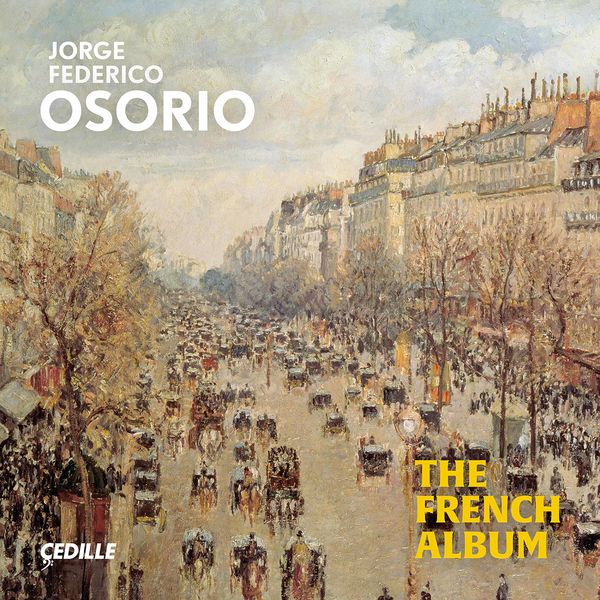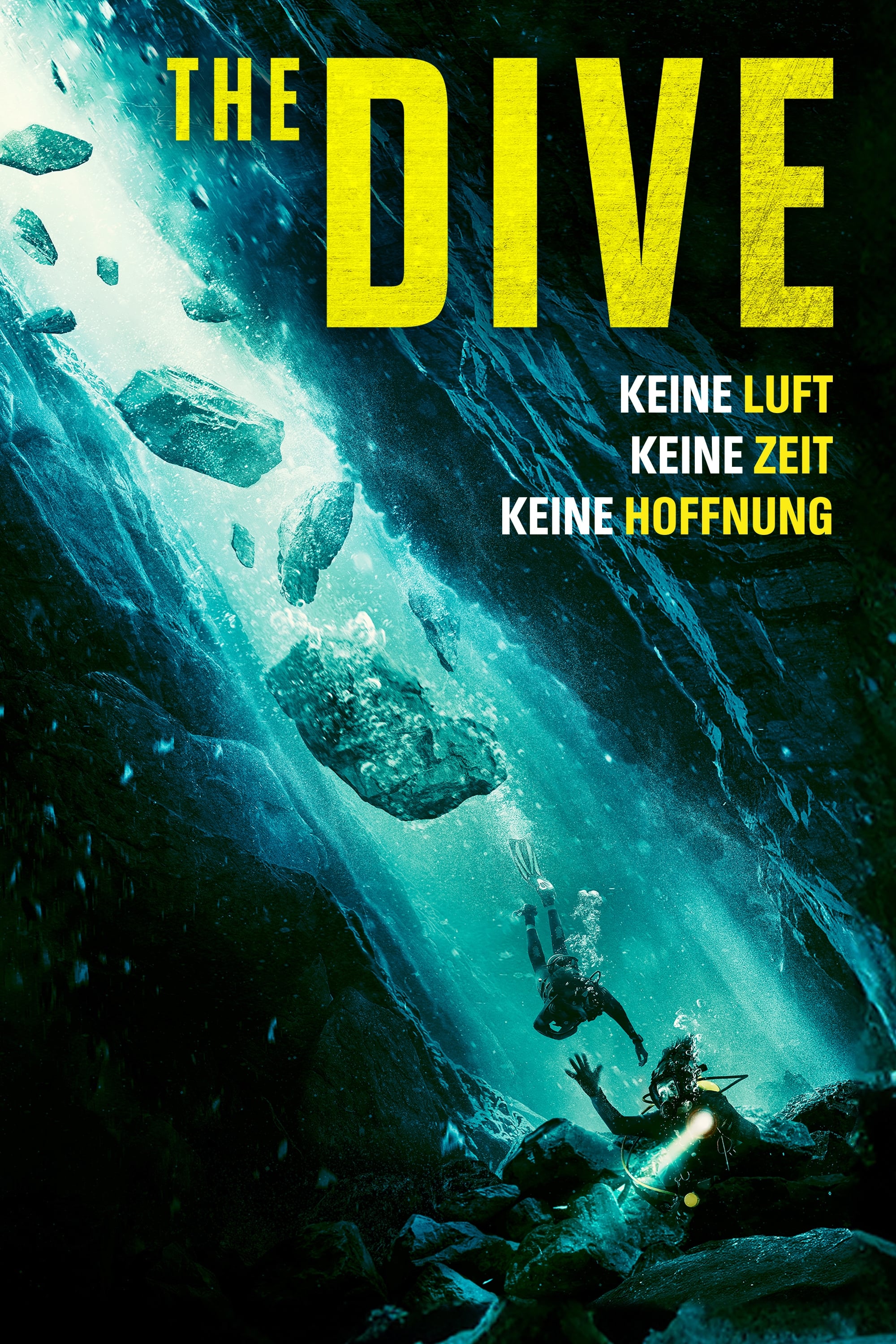
Jorge Federico Osorio – The French Album (2020)
FLAC (tracks) 24 bit/96 kHz | Time – 01:14:56 minutes | 1,19 GB | Genre: Classical
Studio Masters, Official Digital Download | Digital Booklet, Front Cover | © Cedille
Distinguished international pianist Jorge Federico Osorio brings his flair for French music to works of the Baroque, Romantic, and early 20th century eras by Jean-Philippe Rameau, Emmanuel Chabrier, Gabriel Fauré, Claude Debussy, and Maurice Ravel.
Fittingly, Osorio opens The French Album with Faurés exquisite Pavane and concludes with the ever-popular Pavane pour une enfante défunte by Faurés student, Ravel.
The Mexican-born, European-trained pianist offers eight of Debussys pictorial Préludes, each with its unique sound world, including the mystical La Cathédrale engloutie, one of the most stunning pieces ever composed for piano. Another audience favorite is Debussys evocative Claire de lune from his Suite bergamasque. Providing contrast, Rameaus whimsical Les Tricotets conjures the back-and-forth motion of knitting needles.
A set of Spanish-flavored works include Chabriers Cuban-inspired Habanera; Debussys lively La Puerta del Vino, depicting sailors carousing and enjoying their wine, and La soirée dans Grenade, where the piano imitates the sound of a guitar; and Ravels Alborado del gracioso, brimming with Iberian rhythms.
The French Album (Notes by Andrea Lamoreaux): In the 16th century, the pavane — a genre that opens and closes this program — emerged as an Italian courtly dance, of the formal two-steps-forward-one-step-back pattern for partners who touched only each others’ hands. It made its way into non-dance areas, being used in lute and keyboard music. By the late 19th century, it had become redefined as an evocation of things past, and perhaps the formality of traditional Spanish court customs led to its particular association with that country. (Both Maurice Ravel and choreographer Léonide Massine associated it with the paintings of Diego Velasquez.)
Gabriel Fauré (1845–1924) wrote his Pavane, Op. 50, for solo piano in 1887. His orchestration from later that year may be the more familiar version today, but the piece is exquisite in its original form as a work for solo keyboard. There are Spanish echoes but most evident is Fauré’s astonishing melodic genius, heard so clearly in his solo songs and in the reverent, hushed Requiem Mass.
It took Fauré a long time to earn his living from composition; fortunately, he was a first-rate organist who supported himself with church posts. Also a pianist and teacher, he headed the Paris Conservatory from 1905 to 1920. Perhaps ironically, his appointment was precipitated by a scandal that involved one of his students, Ravel, who’d been repeatedly denied the prestigious Prix de Rome by the hidebound Conservatory faculty. Fauré, initially regarded as a compromise candidate for the top post, energetically reorganized the institution. This Pavane further links him with his student, both of them part of the broad, highly varied, and most distinguished historical path of French keyboard music.
Claude Debussy (1862–1918) was fascinated by the sheer sound of the piano: its whole extended range from highest to lowest, the ways its pedals can change the tone color, the brilliance to be achieved with fast runs, the power of huge chords, all the resonance of this very powerful instrument. This fascination with piano sonority seems to have inspired the creation of his two books of Préludes at least as much as any poem or picture referenced in the preludes’ titles. In fact, he placed the titles at the end of each piece, not the beginning, suggesting that they were, to some extent, afterthoughts. They can be heard as experiments in sound: what are the possibilities of chromatic harmony and non traditional scales? How can Spanish-guitar sounds, musichall tunes, and dance rhythms be incorporated into keyboard miniatures? What colors can the black-and-white keys call forth in the listeners’ imaginations?
The titles come from myriad sources as varied as sculpture, drawings, legends, nature, dance, and poets from Shakespeare to the French symbolists. On this CD we hear eight preludes, drawn from both books, plus two Debussy pieces taken from his other suites and collections.
Virtually everyone knows Debussy’s “Clair de lune,” more evocative of moonlight than even Beethoven’s famous sonata. It comes from Suite bergamasque, which Debussy wrote in 1890 and revised 15 years later. The suite’s title appears to come from a line by French poet Paul Verlaine, alluding to singers and dancers doing “masques et bergamasques.” The term originated as a reference to folk music characteristic of the Italian city of Bergamo. …
Tracklist
1. Jorge Federico Osorio – Pavane, Op. 50 (Version for Piano)
2. Jorge Federico Osorio – No. 5, Les collines d’Anacapri
3. Jorge Federico Osorio – No. 7, La terrasse des audiences du clair de lune
4. Jorge Federico Osorio – III. Clair de lune
5. Jorge Federico Osorio – No. 7, Ce qu’a vu le vent d’ouest
6. Jorge Federico Osorio – No. 2, Voiles
7. Jorge Federico Osorio – No. 10, La cathédrale engloutie
8. Jorge Federico Osorio – No. 12, Feux d’artifice
9. Jorge Federico Osorio – No. 2, Feuilles mortes
10. Jorge Federico Osorio – I. Les tricotets
11. Jorge Federico Osorio – Menuets I & II (Arr. for Piano)
12. Jorge Federico Osorio – IX. L’egyptienne
13. Jorge Federico Osorio – Habanera (Version for Piano)
14. Jorge Federico Osorio – No. 3, La puerta del vino
15. Jorge Federico Osorio – No. 2, La soirée dans Grenade
16. Jorge Federico Osorio – No. 4, Alborada del gracioso
17. Jorge Federico Osorio – Pavane pour une infante défunte, M. 19 (Version for Piano)
Download:
mqs.link_J0rgeFederic00s0ri0TheFrenchAlbum20202496.part1.rar
mqs.link_J0rgeFederic00s0ri0TheFrenchAlbum20202496.part2.rar










![Jorge Federico Osorio, Orquesta Sinfónica de Minería, Carlos Miguel Prieto - Conciertos románticos (1) (2023) [FLAC 24bit/96kHz] Jorge Federico Osorio, Orquesta Sinfónica de Minería, Carlos Miguel Prieto - Conciertos románticos (1) (2023) [FLAC 24bit/96kHz]](https://imghd.xyz/images/2023/07/06/s3gpv8x0lk7kc_600.jpg)
![Jorge Federico Osorio - Final Thoughts: The Last Piano Works of Schubert & Brahms (2017) [FLAC 24bit/96kHz] Jorge Federico Osorio - Final Thoughts: The Last Piano Works of Schubert & Brahms (2017) [FLAC 24bit/96kHz]](https://getimg.link/images/imgimgimg/uploads/2021/05/FpYY8eN.jpg)